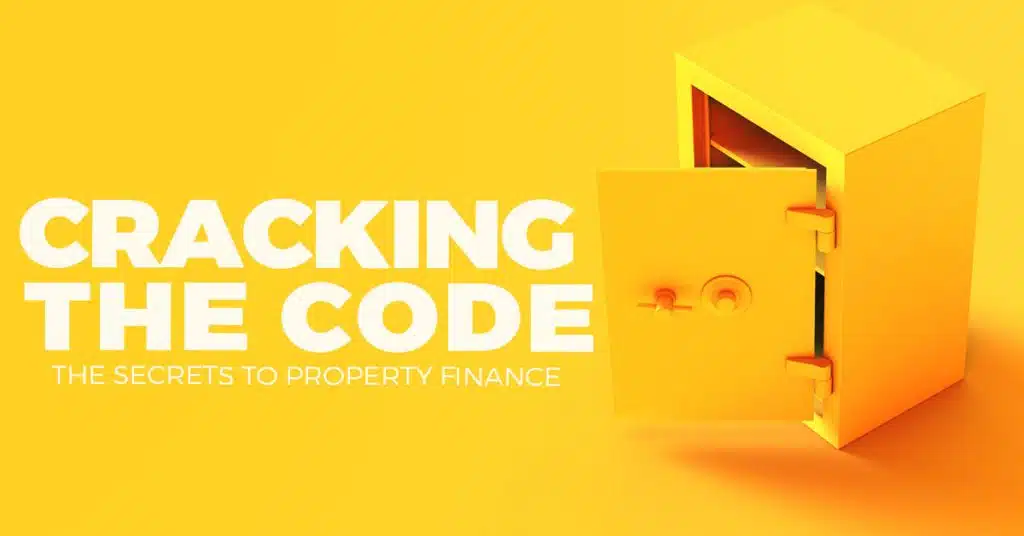How to use a Redraw Facility
Understanding property finance 👉9
Welcome back, are you enjoying this series on “Understanding Property Finance”?
Let’s have a look at the next insight: Redraw Facilities.
When you pay more towards the principal on your mortgage than is required, you may be given a ‘redraw’ facility where any additional money paid can be redrawn later. This money can be withdrawn at any time, hence it is known as your redraw facility. Not all banks will offer this and it is typically only available if you are on a variable rate. It is one method to reduce your interest and pay off your loan sooner while still having access to your cash in case of emergency.
What is important to note here is that the additional money in your redraw facility is not considered to be your money. Once you pay extra money towards your loan, it is considered to be the bank’s money. It’s not yours to keep but rather at the liberty of the bank to lend back to you if you need it. This is why you need to be very careful with redraw facilities.
For example, if your circumstances change or the bank changes its policies, it can freeze that money or take away the redraw facility altogether. My recommendation would be to rather keep that additional money in an offset account where it remains yours to use as you like.
The Pros of a Redraw Facility
A redraw facility can help to reduce your interest charges on your loan. The more money you put on your loan, the less interest you’ll be charged. In the end, it can help you pay off your loan faster. That’s about as good as it gets in terms of pros.
The Cons of a Redraw Facility
Unfortunately, the cons outweigh the single pro for a redraw facility:
It restricts access to your funds. In other words, the bank won’t let you pull out a certain amount every day as you need.
The money is controlled by the bank’s “all monies” clause, meaning that if you pay extra into your redraw facility, the bank can take full control of it and seize it if they want.
It can have potential tax issues if the loan is for investment purposes. If you’re paying down an investment property faster, in the eyes of the tax office it is being paid down. If you consider it to be your savings and choose to withdraw some to buy a car for example, you’re compromising the purpose of your loan with mixed-use, since the car is a personal expense and the property is an investment. Thereafter, the loan would need to be apportioned when you go to claim interest on your tax deduction. Now you can only claim interest on the portion used for the original purpose of the loan – your investment. It’s very complicated, so my advice would be to simply avoid redraw facilities and mixed-use of funds entirely.
Redraw facilities are not recognised as savings by most banks for assessment purposes. When you want to borrow money from the bank, they often want to see that you’re able to consistently save money and that you have real cash in your bank account. If you’ve been putting all your spare cash into a redraw facility, the bank won’t recognise that as genuine savings because it’s technically their money, not yours.
Join me next time for the tenth property finance insight.
Stay tuned for more daily insights from Wealth Through Property.
~Daimien Patterson
JOIN OUR WEBINAR HERE
GET THE BOOK HERE


